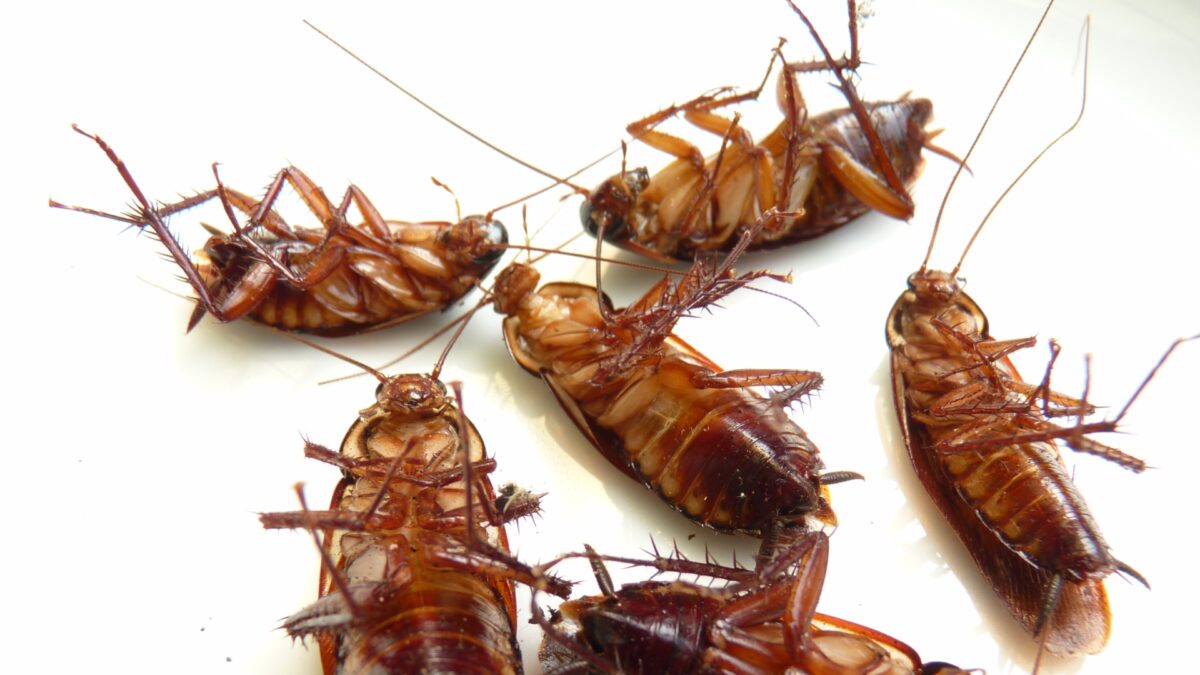Many household pests can present a risk to health and safety, and none is more likely to induce a sense of disgust in people than the filthy cockroach. This week, we’ll be addressing the question of health and safety risks associated with cockroaches. We hope you’ll find this information helpful.
Health Risks of Cockroaches
Cockroaches are common pests that can carry harmful bacteria and viruses on their bodies, making them a potential health risk. They can contaminate food, dishes, utensils, and surfaces in homes, and their droppings and shed skin can trigger allergies and asthma. Cockroach allergens can also be inhaled, leading to respiratory problems. Additionally, cockroaches produce unpleasant odors and can be difficult to control once they have established a population in a home.
To reduce the health and safety risks associated with cockroaches, it’s important to keep your home clean, store food securely, and reduce sources of moisture and food. Regular inspections and professional pest control can also help detect and eliminate cockroach infestations before they become a serious problem.
To learn more about the health risks associated with cockroaches, check out this helpful article from the National Center for Healthy Housing.
How to Identify Cockroaches
Cockroaches are easily recognizable by their distinctive appearance and behavior. Here are some key features to look for:
- Shape: Cockroaches have a flattened, oval-shaped body and long, spiny legs. They have a pair of antennae on their head and two pairs of wings, although they are not strong fliers and primarily use their wings for balance.
- Color: The color of cockroaches can vary depending on the species, but they are often brown or black. Some species, such as the German cockroach, have lighter markings on their bodies.
- Size: Cockroaches range in size from small species less than an inch long to large species that can be over three inches in length.
- Habitat: Cockroaches are nocturnal and often hide in dark, moist places during the day, such as behind refrigerators, in cabinets, or under sinks. They are attracted to food and water, so you may also find them near food storage areas or near water sources.
Cockroach Lifecycles
In order to better handle cockroach problems, it can be helpful to understand their lifecycle. As with most insects, the cockroach’s lifecycle is somewhat complex:
- Egg: Female cockroaches lay eggs in a protective casing called an ootheca, which can contain several dozen eggs.
- Nymph: After hatching, cockroaches go through several stages of development known as nymphs. During this time, they molt and grow, eventually reaching adulthood.
- Adult: Once they have reached adulthood, cockroaches mate and repeat the cycle by laying eggs. Adult cockroaches can live for several months to over a year, depending on the species.
Cockroaches are notorious for their ability to reproduce rapidly, making them a persistent pest problem in many areas. Female cockroaches can even produce asexually for several generations if they cannot find a mate.
Get Help Getting Rid of Cockroaches
Cockroaches are a common pest in the Four States. That being said, for all the reasons mentioned above, they should not be allowed to thrive in your home. If you’re being driven crazy by these filthy speeding bugs dashing in and out from beyond your sofas, Bug-A-Way Pest Control can help.
